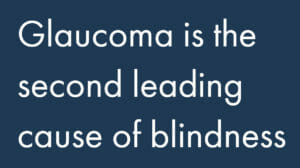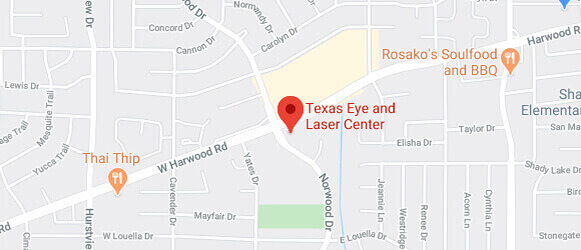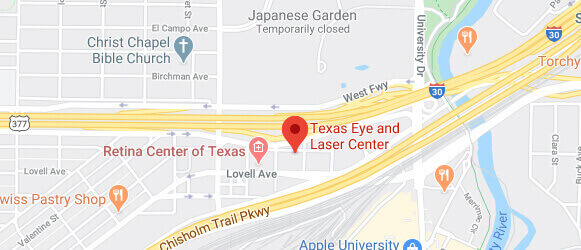The diagnosis and treatment of glaucoma have never been better. Special testing and new treatments now allow us to recognize this common eye disease at earlier stages. New treatments allow better control and prevention of visual loss in most cases. Despite these advances, 50% of Americans with glaucoma don’t know they have this potentially blinding disease!

Some Facts About Glaucoma
Glaucoma is the second leading cause of blindness in the U.S. The incidence of glaucoma is increasing worldwide, and there will be 80 million people with this eye disease by 2020. There are 3-4 million cases in the U.S., making it one of the most common eye diseases. An additional 7-8 million people in the U.S. over age 40 are possible glaucoma suspects. One of the main reasons why so many Americans remain undiagnosed is that it is a painless disease in most cases. Studies have shown that African Americans and U.S. Hispanics are at a greater risk of developing glaucoma. Left untreated, the disease is progressive. Visual loss from glaucoma is irreversible, so early diagnosis and treatment are very important.
Risk Factors and Diagnosis
For a glaucoma suspect, a careful eye exam is needed to determine if they have this common disease and if treatment is required. Many clinical trials have determined a set of risk factors for the disease that may suggest a person has glaucoma. The most important risk factors include elevated intraocular pressure (eye pressure), optic nerve damage, visual field loss, thin corneas, low blood pressure, family history, age, and ethnicity. High eye pressure alone is not sufficient evidence of the disease since 25% of patients with normal eye pressure have glaucoma, called normal-tension glaucoma. A thorough eye exam will test for these risk factors. Glaucoma suspects must be diligent with regular eye exams to prevent and identify visual loss. Fortunately, treatment for the disease has improved and, in most cases, visual loss can be prevented.
Treatment Options
Treatment for glaucoma has improved over the years and we have more treatment options than ever before. Eye drops are the most common treatment to control eye pressure and prevent disease progression. It is important to select an eye drop that reduces eye pressure and is well tolerated by the patient. For example, patients with asthma should not take eye drops that contain beta-blockers.
When eye drops do not achieve the desired results, or when the patient does not tolerate them, there are surgical treatment options. One surgical option for glaucoma is Selective Laser Trabeculoplasty (SLT). Another option is available for patients in need of cataract-removal: Minimally Invasive Glaucoma Surgery (MIGS) can be performed when a patient undergoes cataract removal. The goal of MIGS is to lower ocular pressure, better controlling glaucoma. This procedure is performed at the same time as cataract surgery.
Glaucoma Diagnosis and Treatment at Texas Eye and Laser Center
Our goal at Texas Eye and Laser Center is to evaluate each patient for potential glaucoma and, combined with early diagnosis and treatment, prevent visual loss. This is a mostly painless disease that robs the patient of their vision. It takes both the physician and the patient working together to prevent visual loss and control eye pressure. Regular evaluation is important to maintain healthy eyes and their vision. If any of the above risk factors apply to you, please contact us for your glaucoma evaluation.
Written by Brian D. Ranelle, D.O. (Emeritus)




